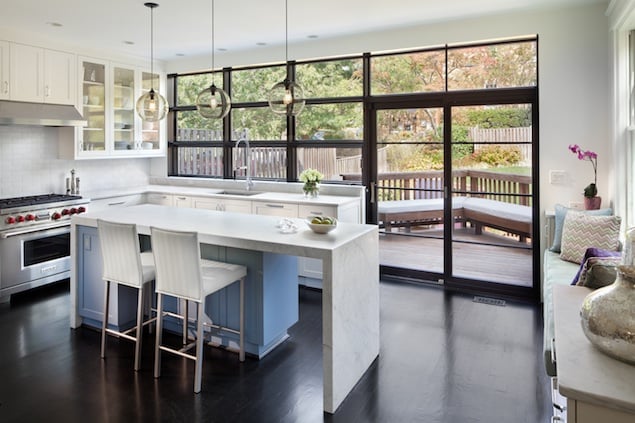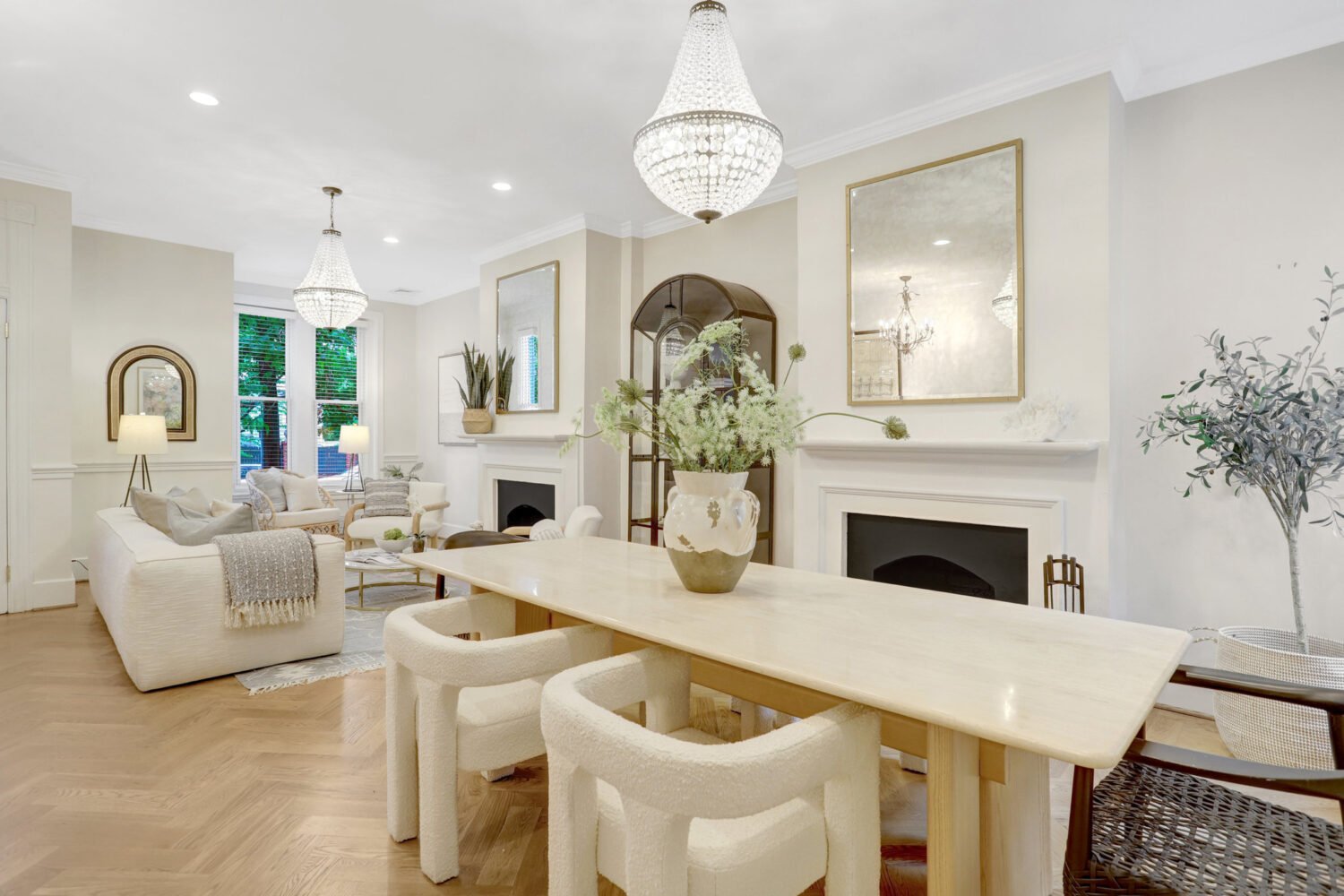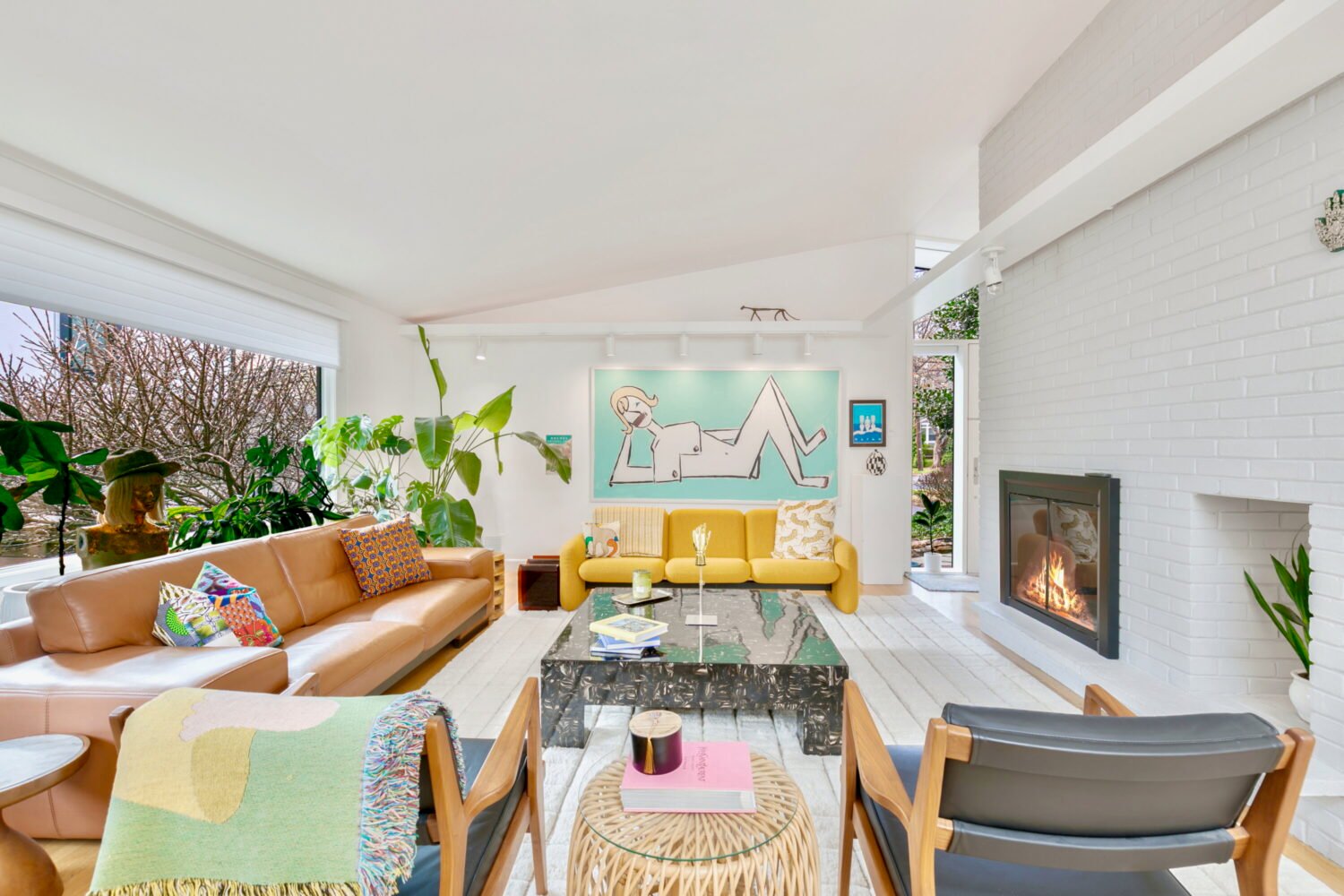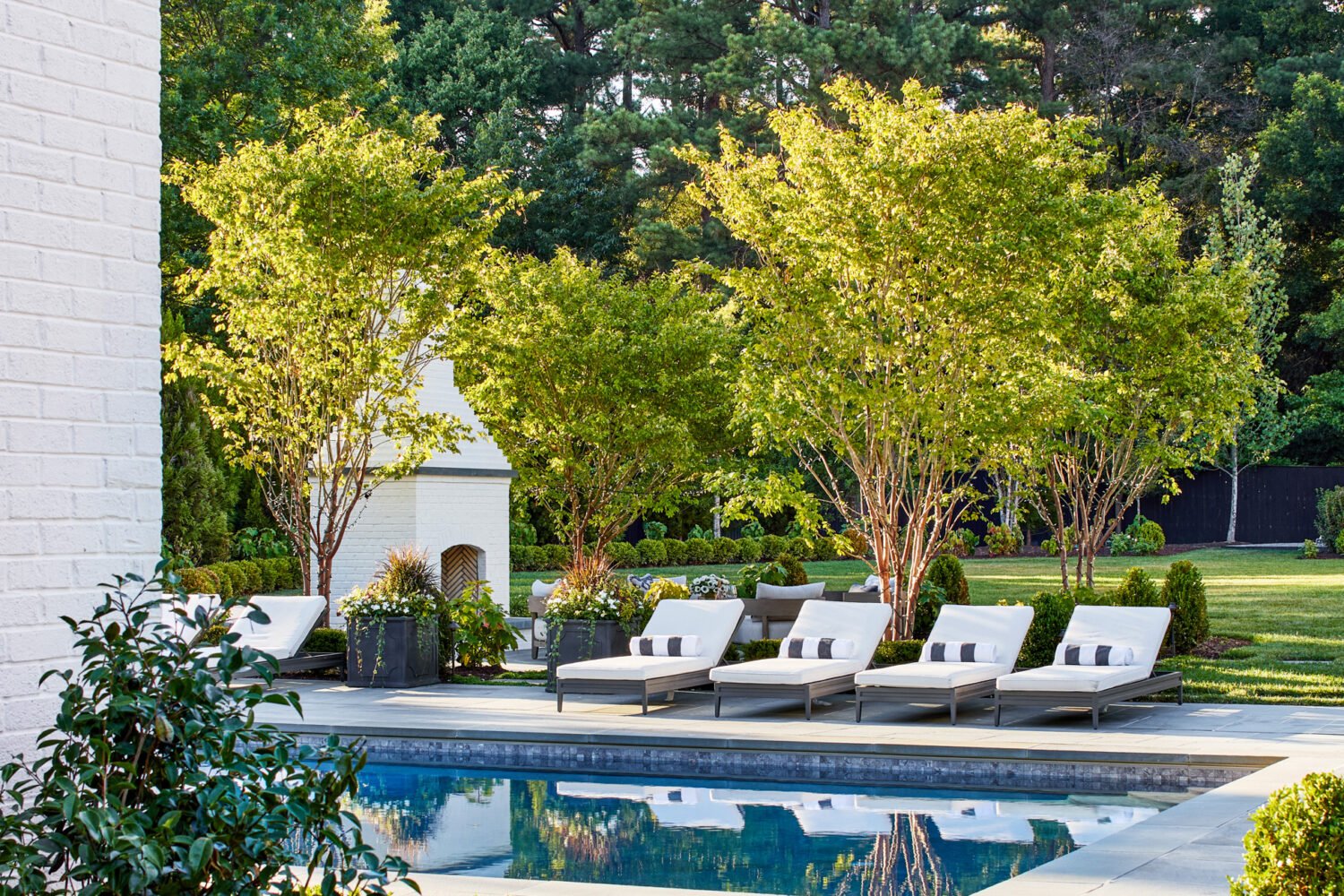From HGTV to designer showrooms, white kitchens are everywhere. And it’s no surprise people love them—they create a clean, crisp look; they fit well in traditional and contemporary homes; and they attract sunlight and can brighten a space. But white also shows dirt and grime, which can give homeowners pause, especially those with children or pets. We asked kitchen designers for tips on creating a white kitchen that’s practical and easy to keep clean.
Countertops
Many people love the elegant, organic look of white Carrera marble, but it’s susceptible to stains over time. Architect and contractor Bruce Wentworth points clients to white granite instead. “It doesn’t stain like marble because the stone is less porous,” Wentworth says. He suggests White Macaubas granite because its natural veining creates a similar look to marble—many people mistake it for marble at his clients’ homes.
The smartest choice for low-maintenance countertops, though, is probably engineered stone. A manmade composite of natural stone and other materials such as concrete and resin, it’s often designed to resemble the real thing—without maintenance worries such as scratches and stains—and manufacturers are constantly upgrading the appearance. Quartz-composite options such as Silestone, Caesarstone, and Cambria (all available in white) are particularly durable.
Cabinets
Because they expand and contract as the temperature and humidity change, wood cabinets are prone to hairline cracks at the joints, which can collect grime—particularly noticeable when they’re painted white. Designer Larry Rosen of Jack Rosen Custom Kitchens encourages customers to use cabinets made of medium-density fiberboard (MDF), a synthetic material, because it’s less susceptible to such cracks, while still resembling real wood when painted. A bonus: Paint adheres well to MDF, so it won’t chip as easily.
Lacquer finishes create a smooth, glass-like finish that’s popular in modern kitchens. For white cabinets, Michael Stehlik of Konst Kitchen Interior Design recommends a matte lacquer rather than high-gloss, which tends to highlight smudges and fingerprints.
Backsplashes
Steer clear of tiles with a lot of texture, such as stacked or rough tiles: Grease can find nooks and crannies, and they can take a long time to clean.
Designers say good bets for a low-maintenace backsplash are ceramic, porcelain, and glass, which are less prone to stains. One popular choice for white kitchens is glazed subway tile, which requires little maintenance—just wipe stains with water.
Sinks
Although farmhouse-style sinks are popular—especially in white kitchens—water often drips down the porcelain front and onto the cabinets below, potentially staining and warping them. “If you have kids and your sink is going to be messy, I recommend an undermount sink,” Wentworth says, explaining that stainless-steel undermount sinks are easy to clean and don’t chip.
















